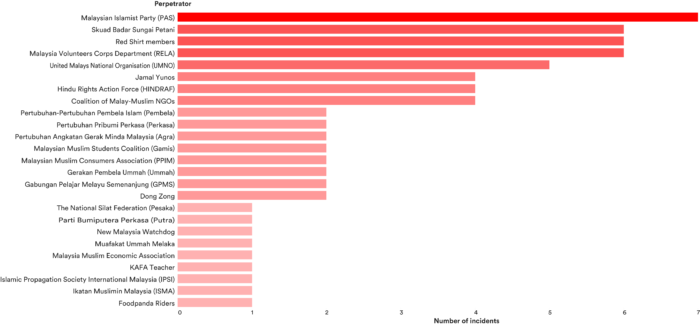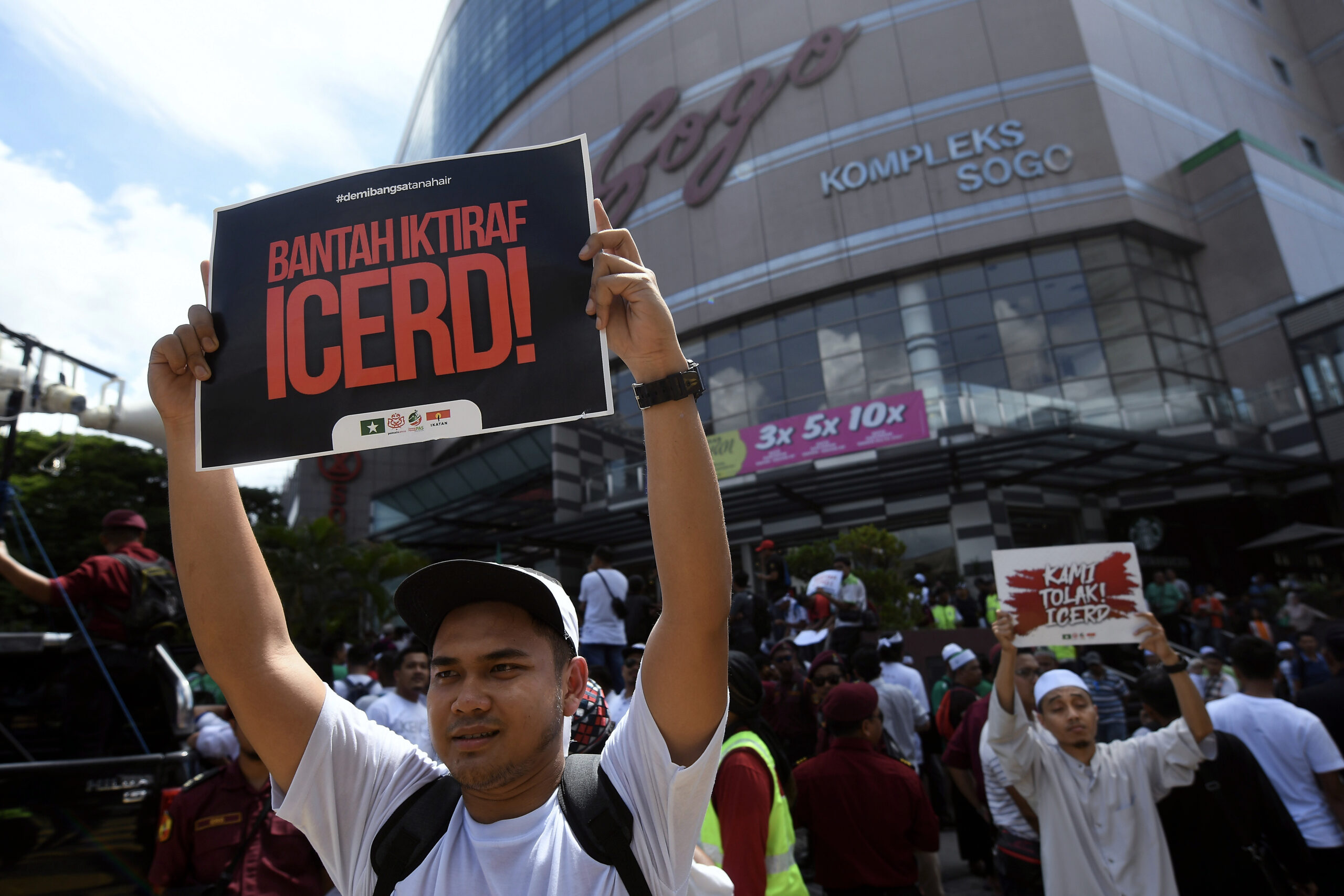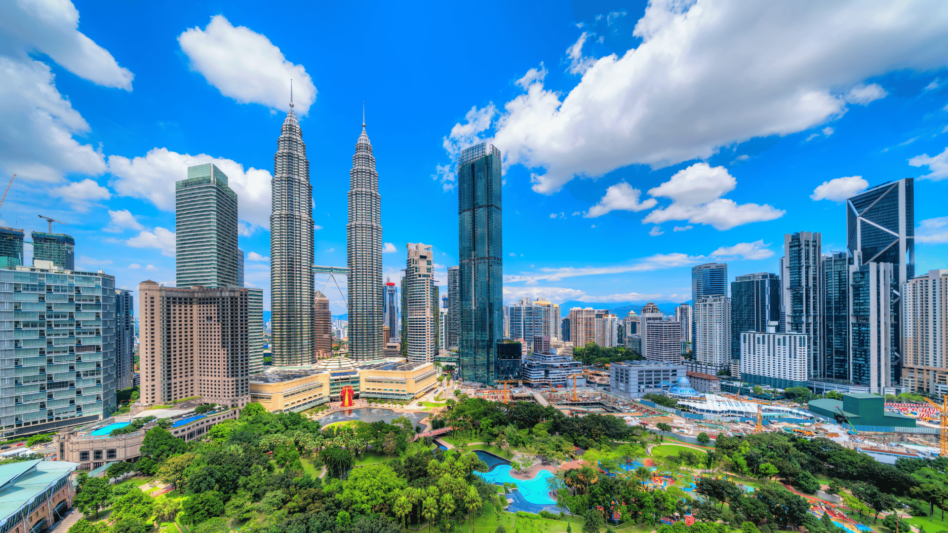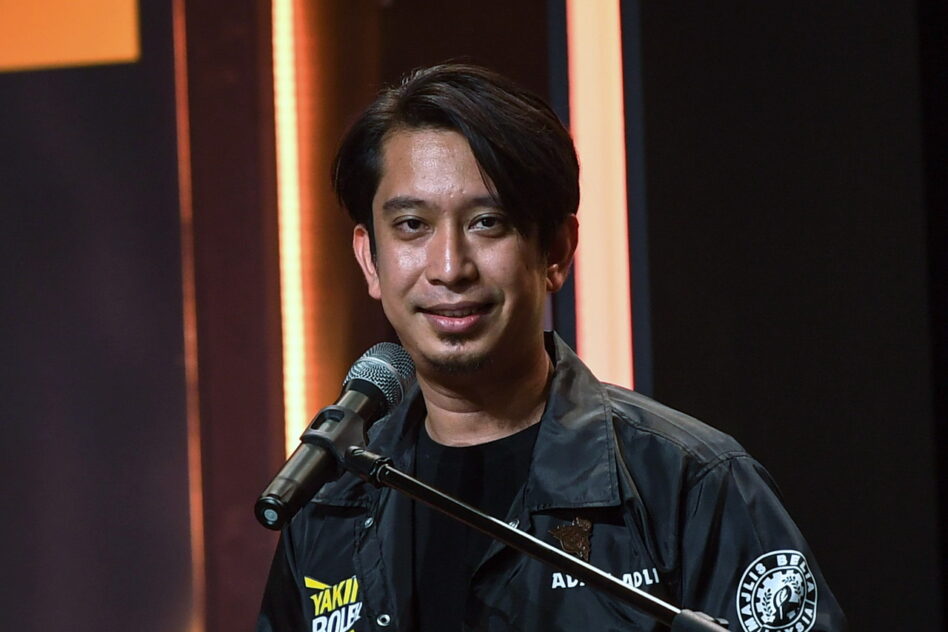PAS AND UMNO are the “biggest perpetrators” of intergroup conflicts, with both parties responsible for “instigating fear and anger” among Malay-Muslims, a recent study found.
According to the Initiative to Promote Tolerance and Prevent Violence (INITIATE.MY), PAS was to blame for at least seven intergroup conflicts from 2004 to 2021, including protests, violent clashes and acts of vigilantism.
Tied in second place were three groups – the Sungai Petani Skuad Bakar vigilante group, the “Red Shirts” movement and the Malaysian Volunteers Corps Department (RELA), each recording six instances.
In third place was UMNO with five instances, followed by Red Shirts leader and UMNO man Datuk Seri Jamal Md Yunos, and the Hindu Rights Action Force (HINDRAF), both recording four instances.
Other groups in the list include the Islam Defenders’ Associations (PEMBELA), Pertubuhan Pribumi Perkasa (PERKASA), Gabungan Mahasiswa Islam Se-Malaysia (GAMIS), Muslim Consumers Association of Malaysia (PPIM), Federation of Peninsular Malay Students (GPMS) and Dong Zong.

The data was revealed in INITIATE.MY’s latest policy brief, Mainstream Mediation as an Alternative Form of Conflict Resolution in Malaysia, published last Thursday (July 28).
Similar “modus operandi”
Co-authors INITIATE.MY director Aizat Shamsuddin and Malaysian Youth Council executive committee member Eow Shiang Yen said there were similarities in the modus operandi of these groups.
First, they “weaponised far-right ideologies” like predominant ethno-religious nationalism, pro-Malay-Muslim hegemony and anti-racial equality, and “instigated fear and anger” among Malay-Muslims.
These groups did this by claiming that the special position of the Malays and Islam would be “threatened” by the ratification of the International Convention on the Elimination of All Forms of Racial Discrimination (ICERD) and the Rome Statute.
“They released a call on social media to their followers and a wider public sympathetic to their religio-political cause for more aggression to preserve the Malay hegemony,” Aizat and Eow added.
“They also disseminated online content full of hate and misinformation to further aggravate stronger emotions.”
Aizat and Eow said these “underhanded tactics” resulted in mass participation in multiple instances of conflict, making reference to the 2018 anti-ICERD protest in particular, which saw some 55,000 people in attendance.
Other notable instances include protests to defend controversial Indian televangelist Dr Zakir Naik and oppose the introduction of Jawi khat calligraphy in vernacular schools, as well as the Sri Maha Mariamman Seafield temple riots.
“Mediation can be effective”
Aizat and Eow said while top-down and punitive resolutions are needed in conflicts, especially when it involves violence, approaches like mediation can be effective.
This is especially so during the earlier stages of a conflict as community-centric and non-punitive resolutions can better resolve disagreements.
“The escalation of cases (involving the) mandatory Jawi calligraphy in schools, the location of religious houses and symbols and the usage of ‘Allah’ in non-Muslim religious publications could have been prevented if the conflicting parties had resorted to the mediation process.
“(The mediation process would have helped parties) find common ground instead of continuously attacking or taking unilateral legal action against each other,” they said.
The Government, meanwhile, should invest more resources into addressing “limitations” of the National Unity and Integration Department’s mediation programme, which is limited to only community issues.
“The programme is also still too new for us to observe any tangible outcomes, while the data on cases resolved via mediation is not yet open to the public,” Aizat and Eow added.
The programme, which started in 2018, aims at solving community issues like non-criminal conflicts and disputes over religious activities in neighbourhoods. Its mediators do this on a pro-bono basis. – Aug 1, 2022









